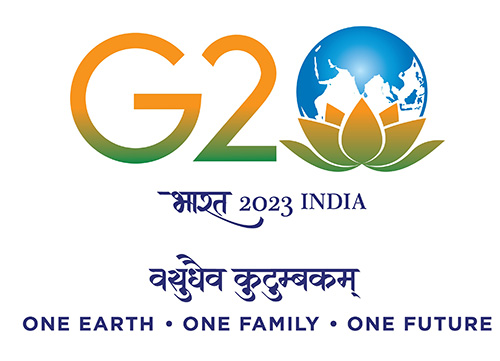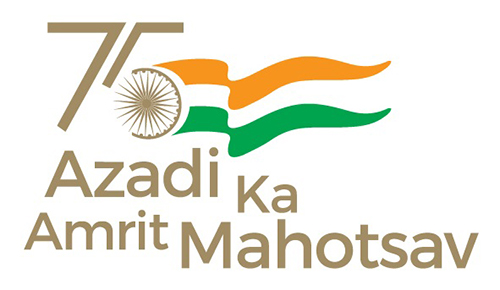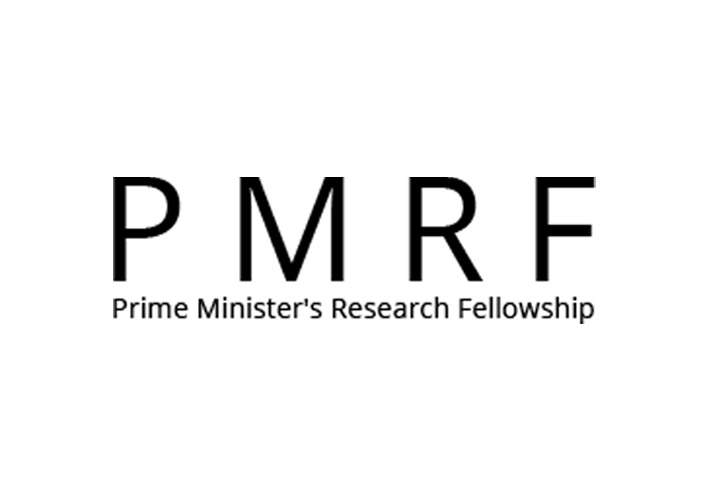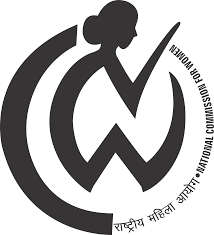Latest Events
Research Seminar by Dr. Yogendra Sharma, on 26th September 2024, at 5:00 PM

Speaker: Dr. Yogendra Sharma
Title of the Talk: Understanding Seismic Hazard Along Tectonic Boundaries: Insights from the Himalaya and Beyond
Date, Time and venue: 26th Sep, 2024 at 5:00 p.m., @Meeting Room, Dept of Mathematics.
About the Speaker: Dr. Yogendra Sharma is currently doing a postdoctoral position at National Cheng Kung University, Taiwan. He has done Ph.D from Birla Institute of Technology and Science, Pilani. His research area is "Statistics and Crustal Deformation using GNSS data".
Abstract: Seismic hazards along tectonic boundaries present significant challenges for assessing earthquake potential and mitigating associated risks. My research focuses on evaluating and modeling seismic hazards through geodetic and stochastic methods, with a primary emphasis on the Himalaya, while extending these insights to other tectonically active regions such as Taiwan, the Philippines, Japan, and New Zealand.
In the Himalaya, I developed an innovative approach to estimate earthquake potential by calculating the geodetic moment rate using GNSS data. This data quantifies the rate of energy accumulation due to tectonic stress. By comparing the geodetic moment rate to the seismic moment rate, which represents the energy released through seismic events, I was able to estimate the amount of stored energy along different segments of the Himalayan arc. This stored energy is critical for understanding long-term seismic hazards and estimating the magnitude of potential future earthquakes. My approach successfully identifies regions along the Himalayan arc with high seismic potential.
Additionally, I developed a splay fault model for the Himalaya, providing a detailed analysis of slip rates and locking depths. Utilizing a Bayesian dislocation model, I inverted the horizontal velocity field to explore two key questions: (i) What are the current kinematics of the Himalayan fault system in the northwest Himalaya? (ii) How are the slip rates distributed across the fault system in this region? By addressing these questions, I identified the locked portions of the fault where future earthquakes may occur, as well as areas experiencing interseismic creep that could potentially inhibit earthquake rupture propagation. These findings have significant implications for earthquake forecasting and hazard mitigation in densely populated areas near the fault.
In the stochastic modeling, I employed a probabilistic nowcasting technique to assess the earthquake potential of major cities within the Himalayan region. Using probabilistic models, I estimated the current stage of various cities in the earthquake cycle. Specifically, I applied a surrogate nowcasting method to determine the seismic hazard potential in a dozen populous cities within the Himalayan orogeny. This method involves statistical inference of natural times and inter-event counts of smaller magnitude quakes between large events, from which I calculated earthquake potential scores (EPS) for each city. This approach bypasses the complex process of seismicity declustering, providing a more robust assessment of earthquake hazards.
Expanding my research beyond the Himalaya, I have investigated seismic hazards in other tectonic regions, including Taiwan and the Philippines. Following the 2022 Taiwan earthquake, I developed a coseismic deformation model using field surveys and GNSS data, identifying potential locations for future seismic events based on patterns of energy release.
In the Philippines, my research on Leyte Island challenged previous assumptions of low seismicity in the region. Following the 2017 earthquake, I proposed a locked-creep fault model that integrates InSAR and GNSS data to provide high-resolution surface deformation signals. This model revealed that while much of the fault is creeping, there are locked segments with significant seismic potential, enhancing our understanding of future rupture zones.
Currently, I am developing a Probabilistic Fault Displacement Hazard Analysis (PFDHA) model to provide better estimates of surface displacement hazards, crucial for designing earthquake-resilient infrastructure. This model incorporates attenuation functions to estimate the probability of exceeding certain hazard thresholds at specific sites—essential for planning high-cost infrastructure such as nuclear power plants, hydropower stations, and bridges.
In conclusion, my research spans several tectonic boundaries, combining geodetic observations, fault modeling, and probabilistic approaches to better understand and mitigate seismic hazards. Through my work in the Himalaya and beyond, I aim to provide critical insights into earthquake potential and enhance hazard models for some of the world’s most vulnerable regions.













